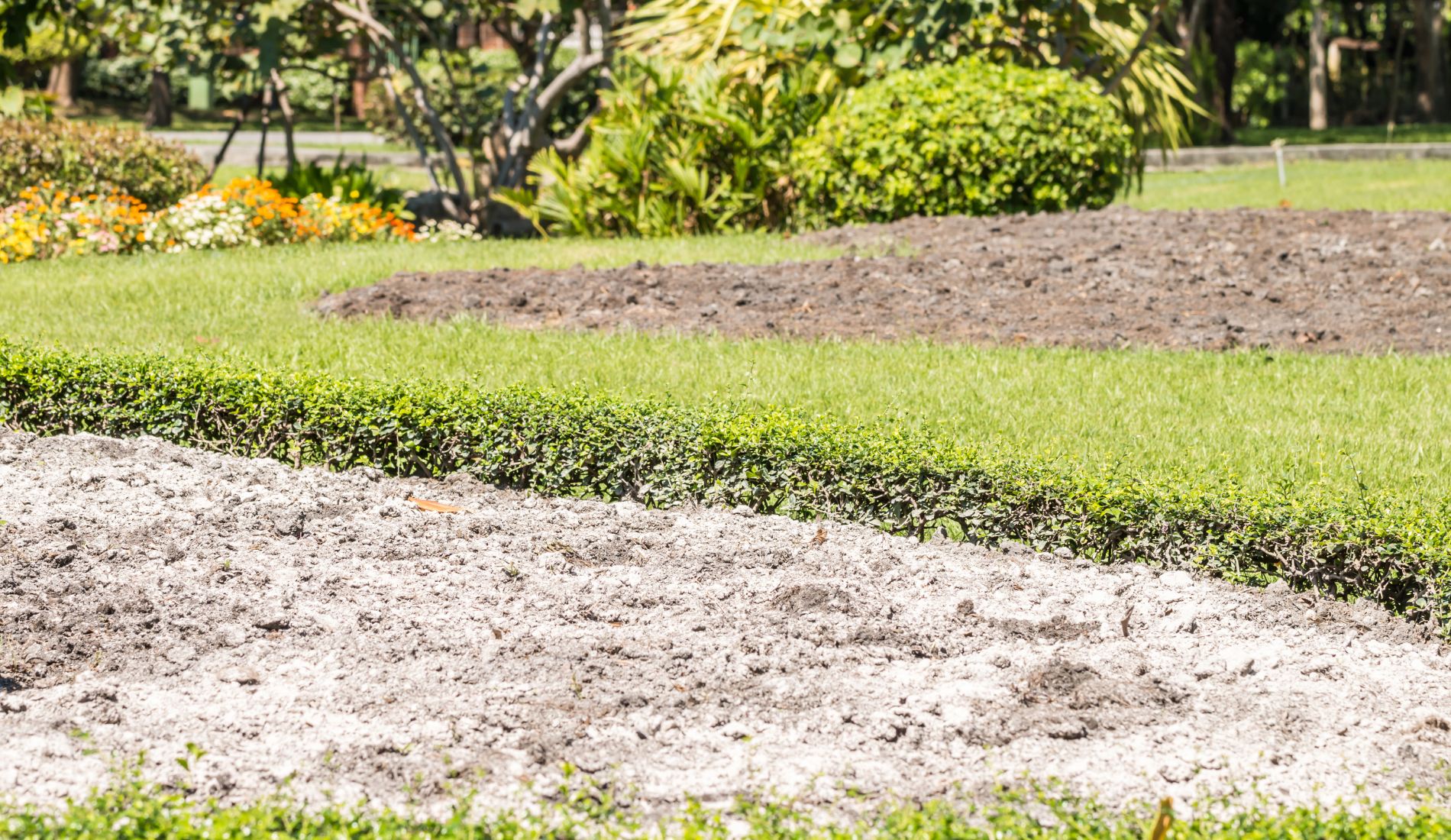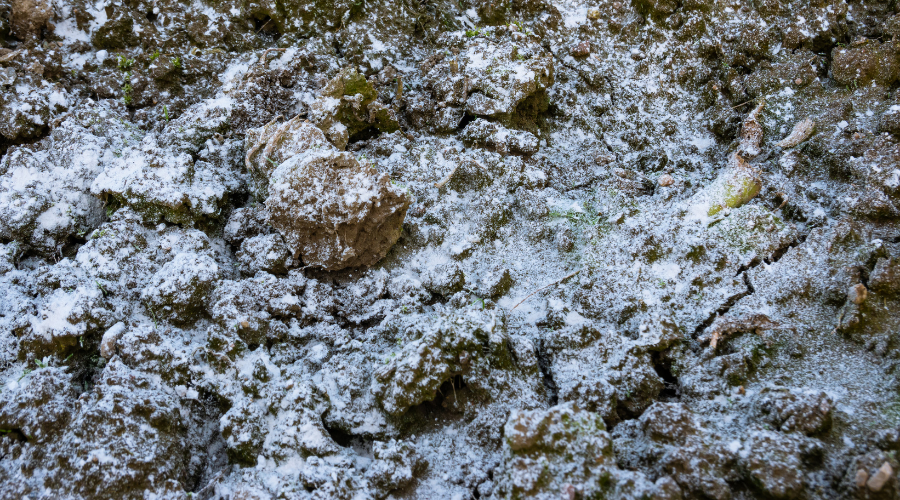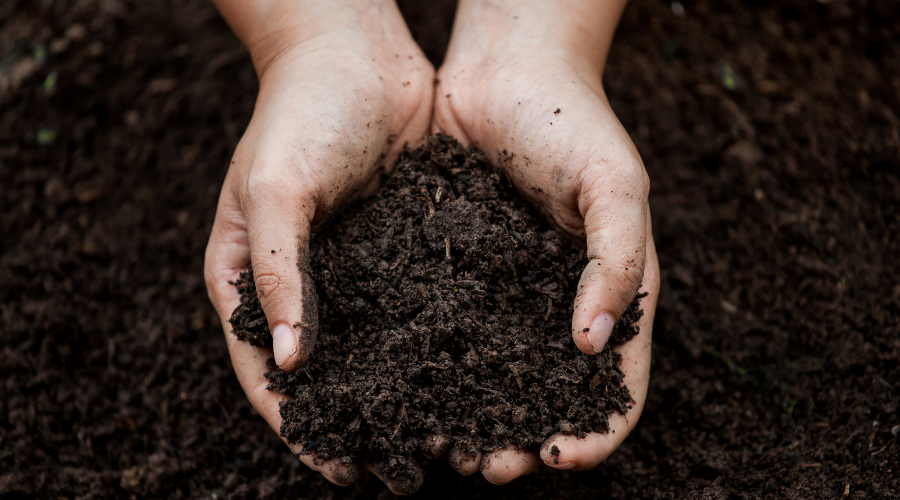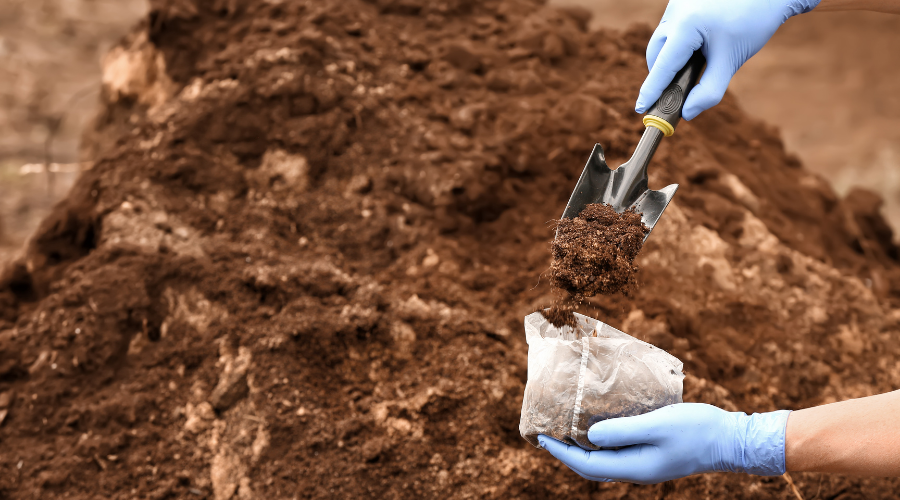Spring has officially arrived, which is one of the best times of the year for avid gardeners. It means that you can go to your backyard and start working to make your garden look beautiful. However, you cannot grow gorgeous plants and flowers or tasty fruit and vegetables if your soil isn’t of the highest quality.
There are many ways to make your soil more fertile, and one of them is using lime. Lime contains plenty of nutrients that can help you balance the acidity of your garden. Learn how using lime can benefit your soil so it can produce only the best crops.
What Is Lime?
Image credits: jxfzsy via Canva
Before we dive into the pros of using lime in your garden, we first have to explain what lime really is. The lime used in a soil improvement process is a ground limestone, better known as the sedimentary rock that contains calcium carbonate or dolomite.
We can highlight two major types of limes, which are agriculture and dolomite limes. The main difference between these two is that the dolomite lime also contains magnesium. However, both have calcium which is very beneficial to soil and plants.
The Benefits Of Using Lime
Image credits: Sasiistock via Canva
Adjusts Soil’s pH
Lime can help you can raise the pH of your soil quickly. Peppers or tomatoes like a pH of around 6 or 6.5, and by using lime, you can adjust the soil pH level to that point fast. However, there are many acid-loving plants, for example, blueberries prefer around 5.5 or even lower. Keep in mind that it is easy to raise the pH, but it is very difficult to bring it back down. So if you add lime and get the pH too high when it is not needed, you will face difficulties lowering it down.
Adds Nutrients To Your Soil
Adding nutrients like phosphorus and zinc to your soil promotes the growth of good bacteria. However, if the pH of your soil is already high, you don’t want to use more lime since it will cause nutrient deficiency symptoms like stunted growth or chlorosis that occur as a yellow discoloration on leaves.
Improves Water Penetration
Lime contains calcium that decreases the soil salinity. Thanks to that, water can go deeper down the soil and reach the plants’ roots. This, of course, prevents them from drying out and helps them to be hydrated. The more water your plant gets, the stronger it can grow in your garden.
Why You Should Test Your Soil First?
Image credits: pixelshot via Canva
Before you apply lime to your soil, it is crucial to test it first. Find out how to test your garden soil to make sure you are doing it right. You can either do it with purchased garden soil testers or use some DIY soil tests you can make using household items. If you don’t want to do it on your own, we recommend you contact a local laboratory that will help you with that. They will also advise you how much lime you should add.
A soil test will help determine how much lime is needed to raise your soil to the desired pH level. We have already mentioned that it is easy to raise it but very difficult to bring it down. That’s why it is essential to know its exact pH level before applying lime in the first place. Also, if you decide to test soil on your own, take the samples from at least a few spots to be certain that its pH is the same everywhere.
To Wrap Up
Lime contains calcium that is beneficial to your soil. It can add nutrients to your soil, improve water penetration, and raise its pH level. However, before applying lime, you always have to test your soil first to know what the exact pH level is. It is easy to raise pH but challenging to bring it down, so that’s why this step is essential.
Let us know if you know any other benefits of using lime, and as always, please share!




